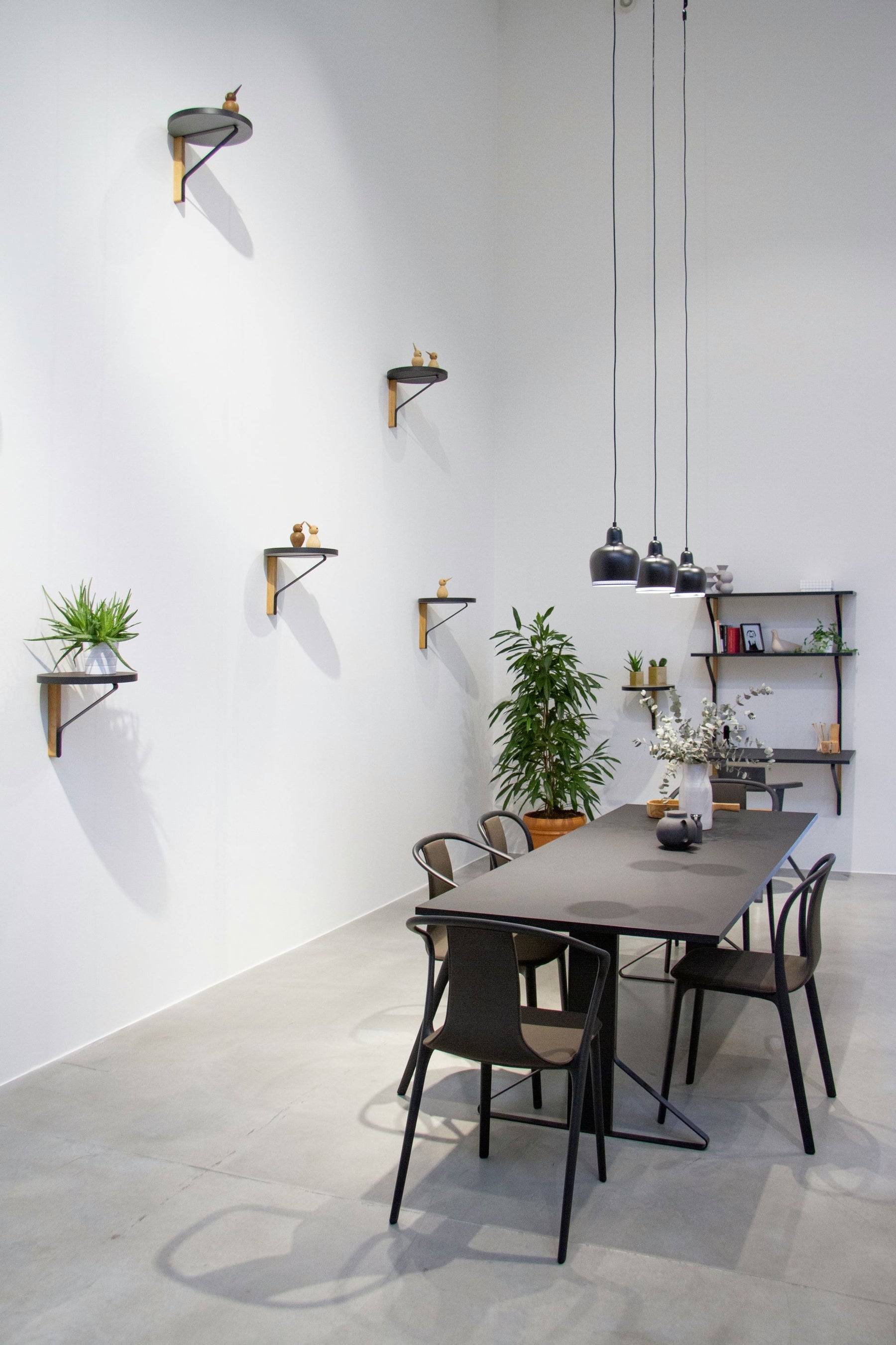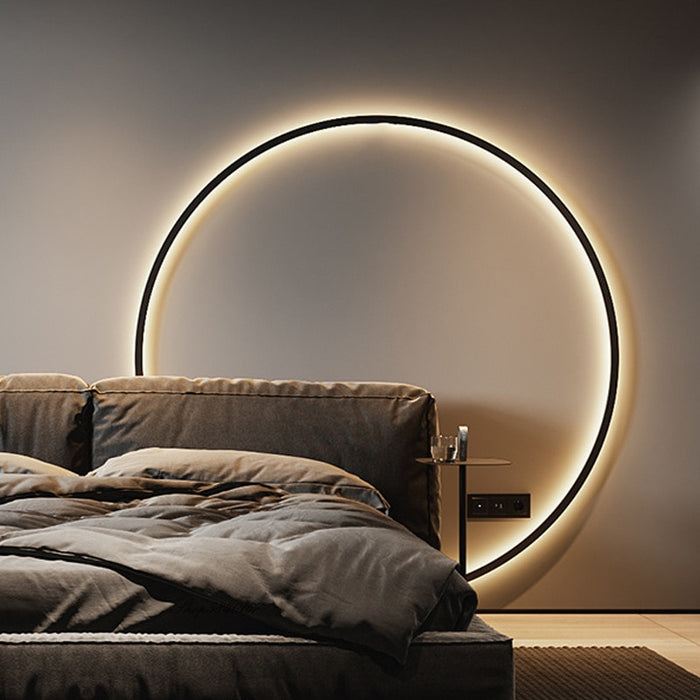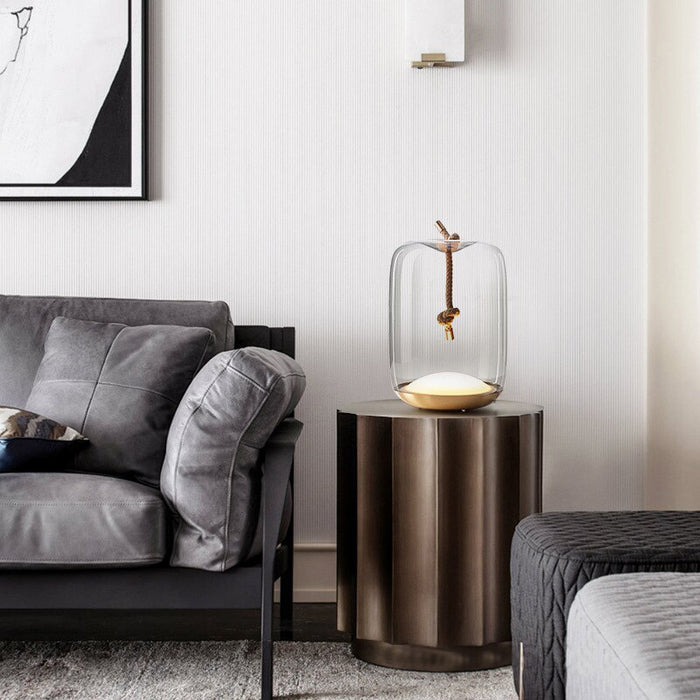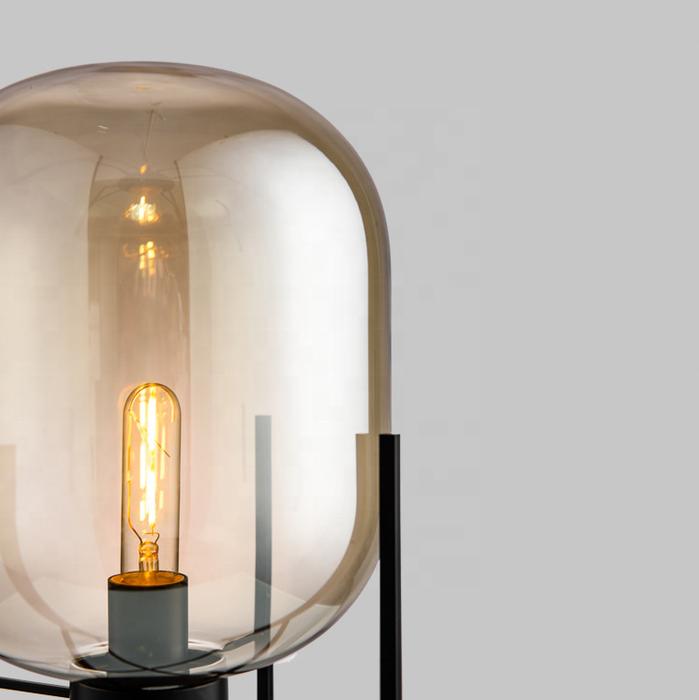
UNDERSTANDIHG DIFFERENT TYPES OF LIGHTING AND THEIR USES
Lighting is a crucial element in interior design, affecting both the functionality and ambiance of a space. Understanding the different types of lighting and their uses can help you create a balanced and inviting atmosphere in every room of your home. Here's a comprehensive guide to the basics of lighting, including essential tips to enhance your home decor.
Ambient lighting, also known as general lighting, provides overall illumination to a room. It ensures that the space is evenly lit, allowing you to perform daily activities safely and comfortably. Common sources of ambient lighting include ceiling fixtures, recessed lights, and wall-mounted fixtures. To create a warm and welcoming environment, consider using dimmable lights, which offer the flexibility to adjust the brightness according to your needs and mood.
CIRCLE LINE

Task lighting focuses on specific areas where activities such as reading, cooking, or working take place. This type of lighting is designed to reduce eye strain and increase productivity by providing concentrated light in key areas. Desk lamps, under-cabinet lights, and pendant lights over kitchen islands are excellent examples of task lighting. Ensure your task lighting is bright enough to facilitate the activity but also adjustable to prevent glare.
Accent lighting adds drama and visual interest to a room by highlighting particular features or objects, such as artwork, architectural details, or plants. This type of lighting is typically three times brighter than ambient lighting and is used to draw attention to focal points within a space. Track lighting, wall sconces, and spotlights are commonly used for accent lighting. Position these lights carefully to create the desired effect without overwhelming the room.
KNOT TABLE LAMP

Layering different types of lighting is key to achieving a well-lit and harmonious environment. By combining ambient, task, accent, and decorative lighting, you can create depth and dimension in your home. This layered approach allows you to adapt the lighting to different activities and moods, enhancing both the functionality and aesthetics of each room.
NORDIC GLASS FLOOR LAMP

In addition to understanding the types of lighting, it's essential to consider the color temperature and brightness of your light sources. Warm light (2700K-3000K) creates a cozy and inviting atmosphere, ideal for living rooms and bedrooms. Cool light (3500K-5000K) is more energizing and suitable for task-oriented spaces like kitchens and home offices. Balance these temperatures throughout your home to ensure each area is appropriately lit for its purpose.
Selecting the right lighting fixtures can also make a significant difference. For example, in small spaces, opt for wall-mounted or recessed lights to save floor and table space. In larger rooms, statement chandeliers or large floor lamps can add character and fill the space effectively. Don’t forget about energy efficiency—LED bulbs are a great choice for long-lasting, energy-saving lighting.

Leave a comment